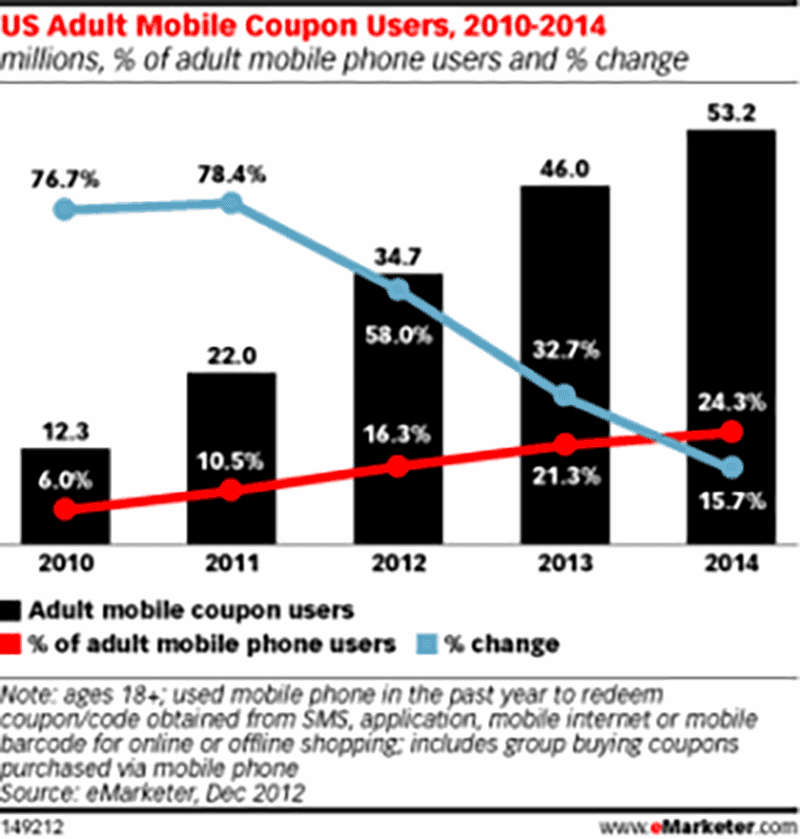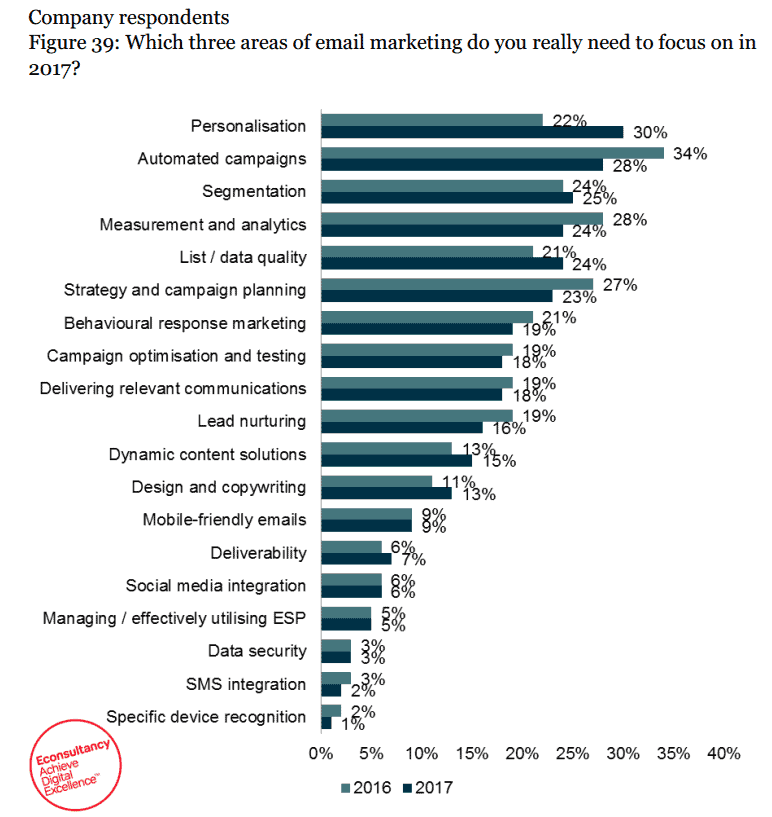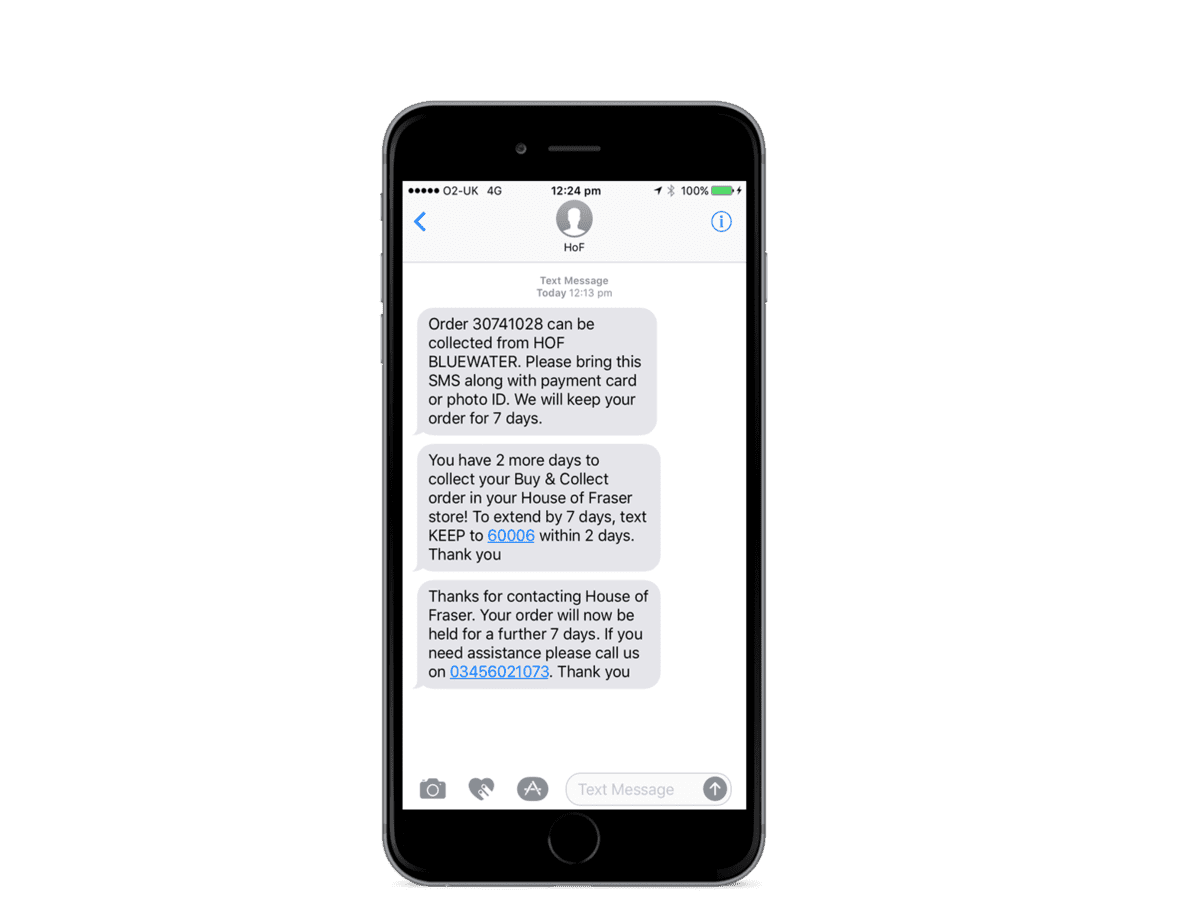On the 3rd of December 1992, Neil Papworth sent the first ever text message: it was dispatched from Neil’s computer to his phone and it read “Merry Christmas”.
We have come a very long way since. According to online research, we send millions of messages every day – Nielson found that Americans exchange on average twice as many texts as calls.
According to other sources, an adult spends a total of 23 hours per week texting. Since the release of the smartphone we have been more connected to our devices than ever before. If you’re a millennial, like myself, you may not know this, but there was a time when getting texts with offers from your favorite brands would actually cost you money (I know, I had trouble getting to grips with that concept myself). SMS and push notifications are no longer channels that should be regarded as an afterthought, but that you should consider from the outset, and integrate into your overall marketing strategy.
SMS sends have steadily increased to a staggering 8.6 trillion in 2016- that’s an 8 trillion increase since 2012. In spite of this, everyone has at least one horror story of a brand that flooded them with texts and eventually made them reach breaking point. Yes, SMS can be intrusive if used to excess, yet the benefits of using this method outweigh the perceived downfalls. Some of these advantages include:
- Increased engagement and overall ROI
- More personalized communications
- Expanded customer journey and experience
- Real-time, fast communication that can be completely automated
The increase in SMS volumes and the prediction that by 2019 mobile advertising will represent 72 % of all US digital ad spending have encouraged marketers to think of new uses. There is a lot of information online on when and why you should implement SMS and push notifications, but there is no right or wrong situation; it’s simply an issue of what suits your business needs and fits in with your customers’ expectations. To help give you more inspiration here are some examples of the channel being used successfully:
Use SMS to send special offers to your customers
 SMS and push notifications are a good way to inform your clients of special offers, because they convey that sense of urgency. We know that an email containing a countdown clock emphasises that this is a limited time offer, urging the recipient to make a purchase within a limited timeframe. Now, imagine that same email was also accompanied by an SMS or a push notification: this would further emphasise the time-sensitive nature of the offer.
SMS and push notifications are a good way to inform your clients of special offers, because they convey that sense of urgency. We know that an email containing a countdown clock emphasises that this is a limited time offer, urging the recipient to make a purchase within a limited timeframe. Now, imagine that same email was also accompanied by an SMS or a push notification: this would further emphasise the time-sensitive nature of the offer.
According to 2014 eMarketer research, 1 in 4 mobile users will redeem a coupon via a mobile device. As you can see, this has been on the increase since 2010. This not only proves the benefits of knowing the device your customer is using, but also indicates that SMS and push notifications can be very successful with customers who are already active on mobile.
In addition, it is worth pointing out that – particularly in the UK – customers use mobile apps to browse and shop online. In May 2017 a reported 36% of UK smartphone users used their smartphone to buy products online.
Working with GAP, one of our technology partners demonstrated that implementing SMS and mobile app offers can have a beneficial impact on ROI and overall engagement. They offered their customers the possibility to redeem offers in-store through their mobile app.
To ensure the quality of their data, they also sent a 4- digit one-time code via SMS that the customer needed to enter in the app to verify and register. Doing this also helped maintain the high quality of their data. Overall it resulted in 46% ongoing app engagement and retention (in comparison to a 10% industry standard) high adoption rates exceeding download targets and increased offer redemption in-store, all as a direct result of loyalty app communications.

As revealed by our 2017 Email Marketing Census, personalization is the key focus for marketers this year. While SMS integration may not play as big a role with only 2% , it can nevertheless help personalize communications. For example, if you know which contacts are more responsive on mobile and are happy to receive texts, you can send them their offers via SMS. By doing this you will demonstrate that you are aware of their needs and are taking their choices into account.
SMS and push notifications can help you better interact with your contacts and enhance their experience
Once your customers have consented and have given you the opportunity to communicate with them via SMS, you should take full advantage of this. SMS can complement email very well and enhance customer experience, as can be seen in Wood Green Animal Shelters’campaign in the run up to Christmas 2010. They had a 20 % increase in the number of animals that needed care, which meant over 900 animals in total. As such they required an upsurge in donations to ensure that these animals could be provided with food and shelter.
Wood Green Animal Shelters knew that most of their audience was comprised of time-poor commuters, so they used SMS as another channel by which contacts could quickly and easily donate to the cause. This resulted in 652 donations, of which 276 were made over the first 11 days of the campaign. 14% of this significant data capture were converted into regular donors. The SMS campaign achieved an ROI of £12 for every £1 spent on the campaign.
SMS and push notifications can be used to send reminders to your customers. Our partner worked with the NHS, using SMS and app messaging to remind people of their blood donation appointments. Email was also part of the marketing mix, yet it was these reminder messages that reduced the frequency of missed appointments by 25 %.
SMS can help save you time and money
 Perhaps the most common use of SMS is sending a buyer delivery information following the purchase of a product. We all enjoy staying up to date with the developments of our order and any brand that can provide us with that information will easily gain our trust. However, with all the developments around SMS you can now do so much more.
Perhaps the most common use of SMS is sending a buyer delivery information following the purchase of a product. We all enjoy staying up to date with the developments of our order and any brand that can provide us with that information will easily gain our trust. However, with all the developments around SMS you can now do so much more.
House of Fraser, a leading British department store, used our technology partner to send real-time messages to customers who had made a purchase and opted for their Click and Collect service. When people did not collect their parcels, they would receive a reminder text and would have the option to ask the store to keep the purchase for a longer period. Similarly, they also used this method for failed home deliveries .
This resulted in Click & Collect customers extending their collection window via SMS with response rates exceeding 40%. Among other great results it is worth mentioning that for unsuccessful home deliveries, 42% of customers, requested parcel redelivery . Most importantly, using SMS reduced staffing effort and operational costs, and saved the company a great deal of time.
Key messages
Undeniably, there are limitations to SMS and push notifications, yet if you try to incorporate them within your overall marketing communications they can prove tremendously beneficial. Here are some points to remember:
- Special offers delivered via SMS and in conjunction with app activity can result in an increase in ROI, as customers tend to redeem mobile offers more often.
- Customers use their smartphones to shop and browse online, so making it easy for them to do this will help your business.
- SMS can help you personalize your communications, even though this may be an aspect that is somewhat overlooked.
- Push notifications and SMS can help increase the customer journey and enhance their experience.
- If you know your customers have limited amounts of time then SMS may be the perfect channel.
- This method can easily be used to deliver reminder messages and can ultimately save you time and money, while raising overall engagement.
